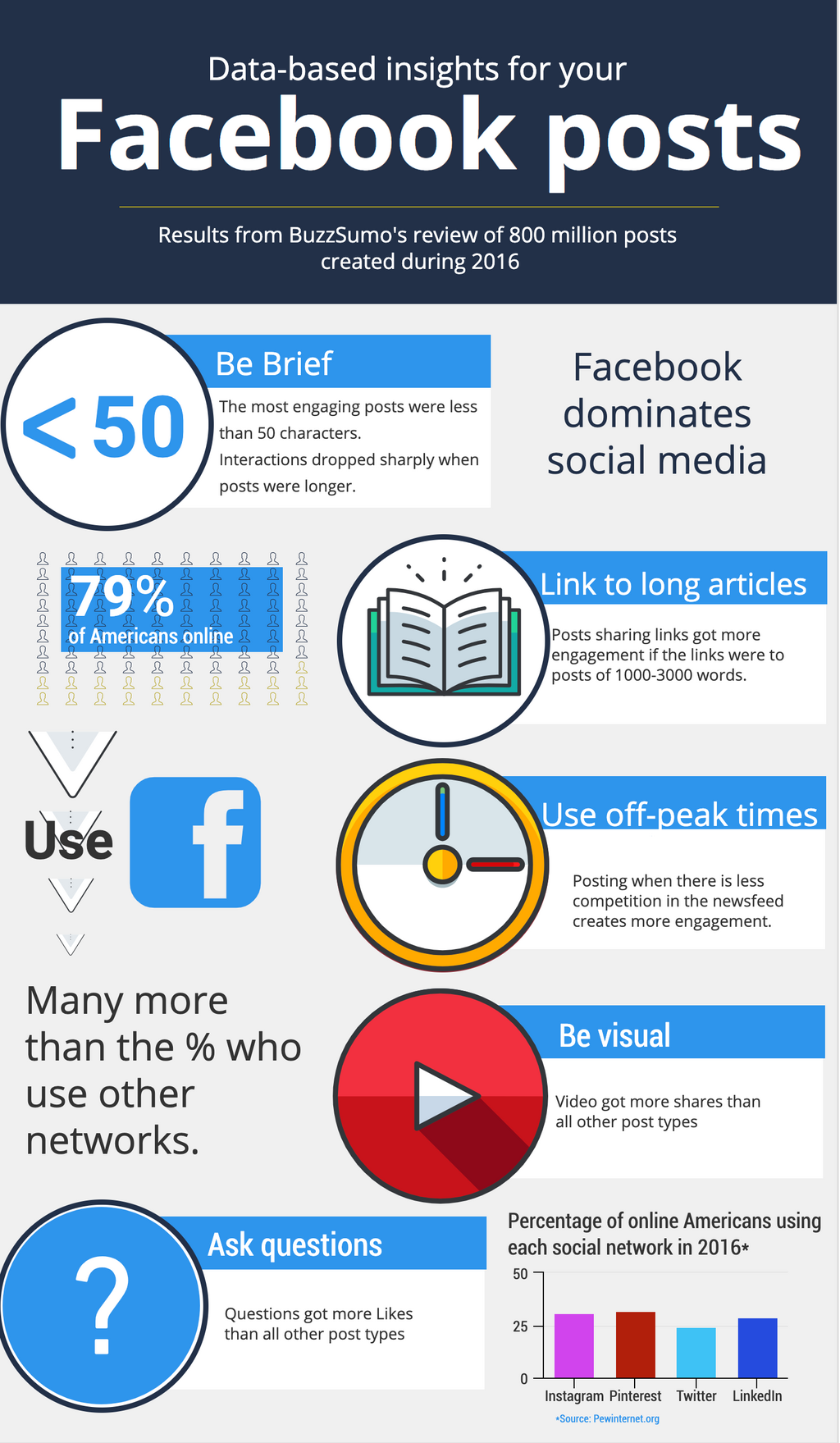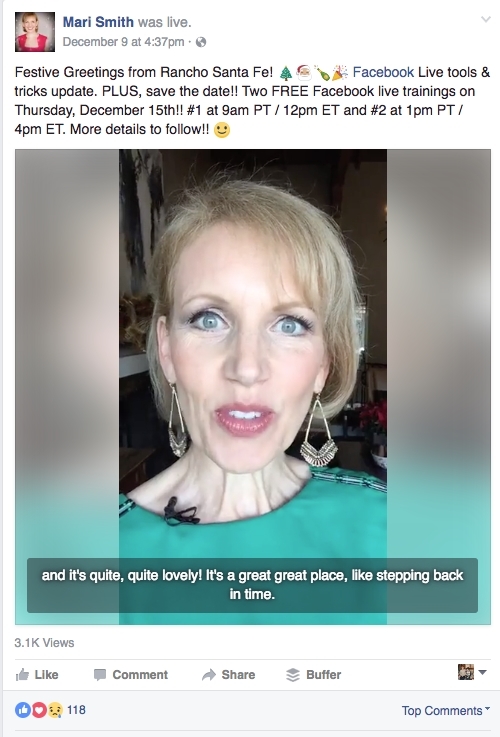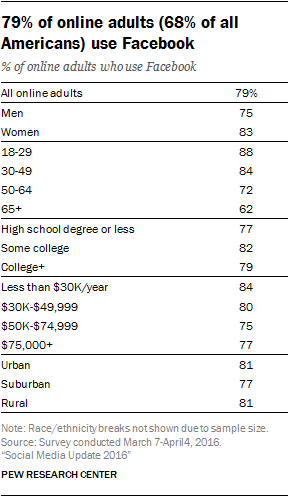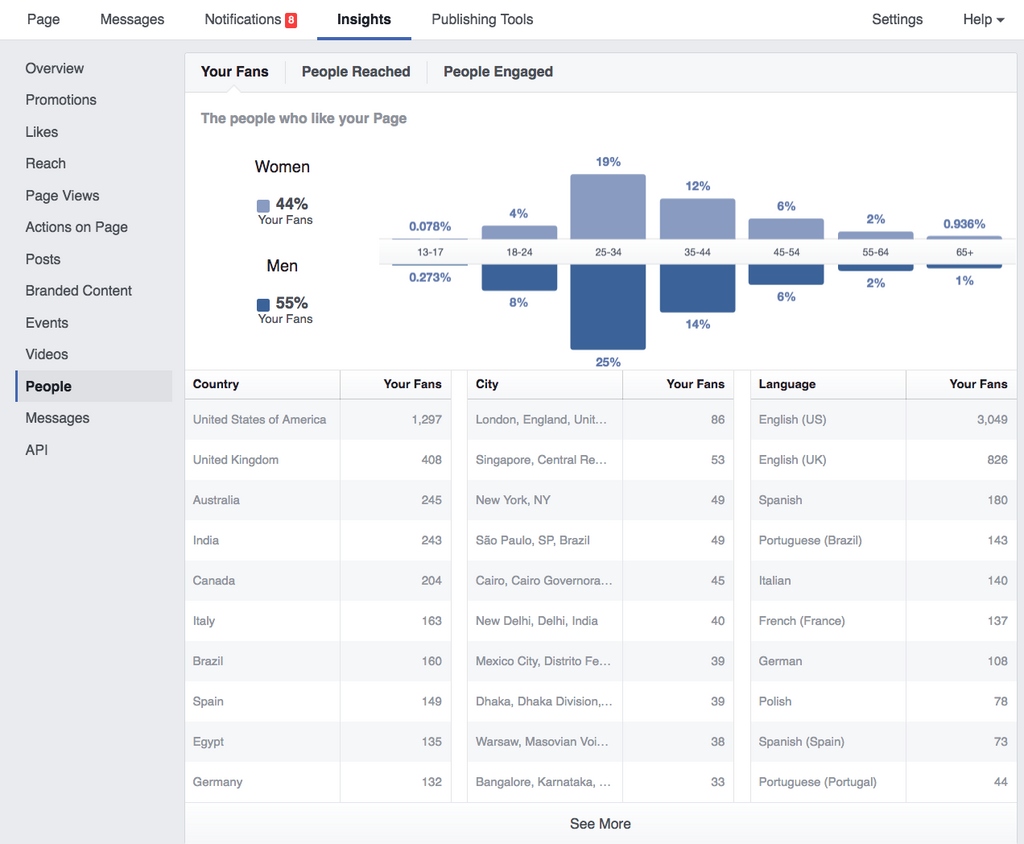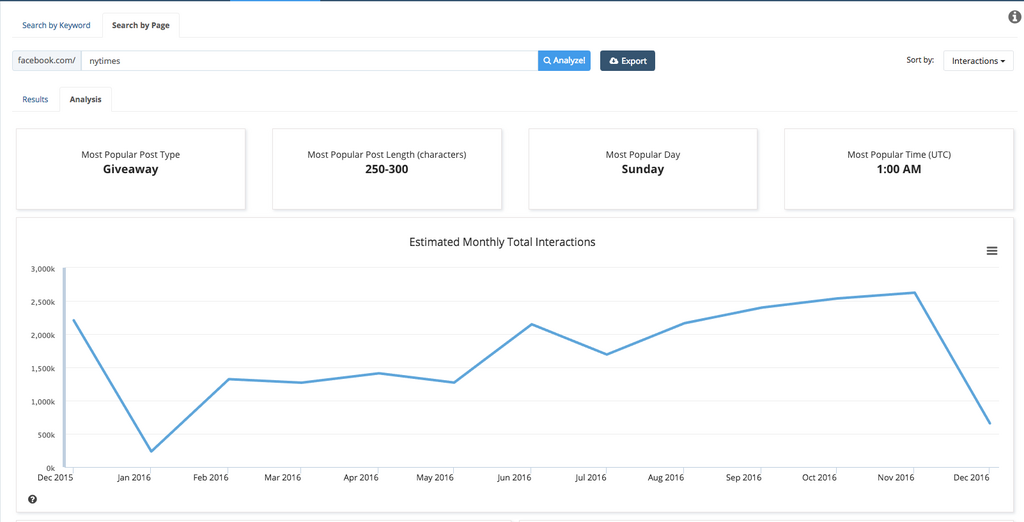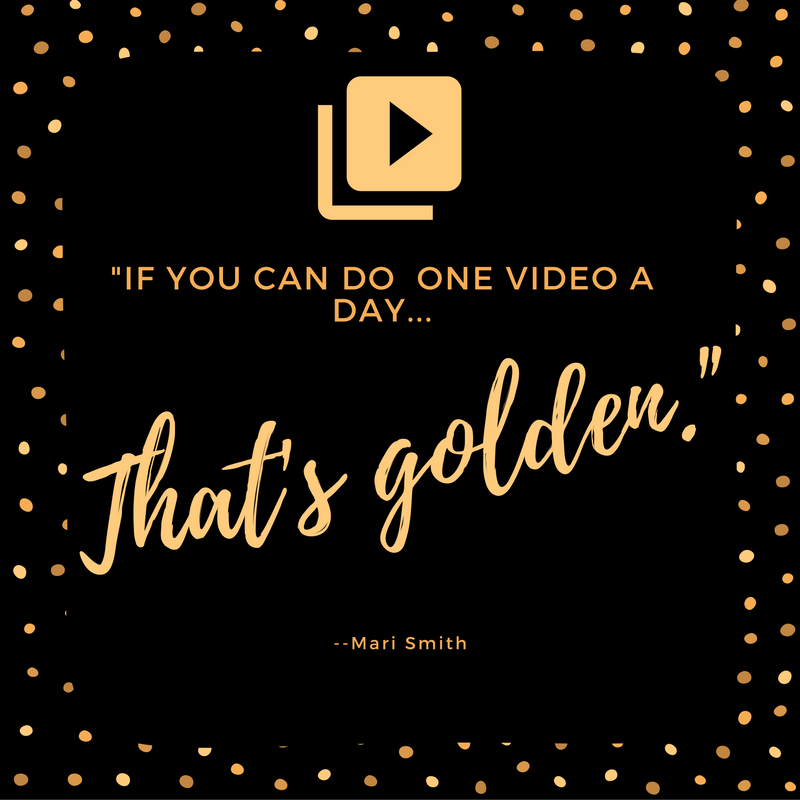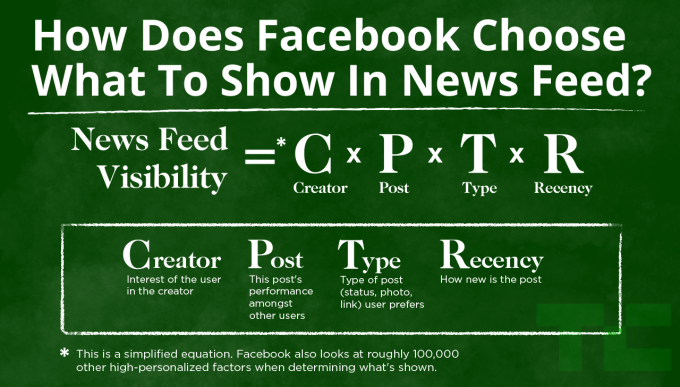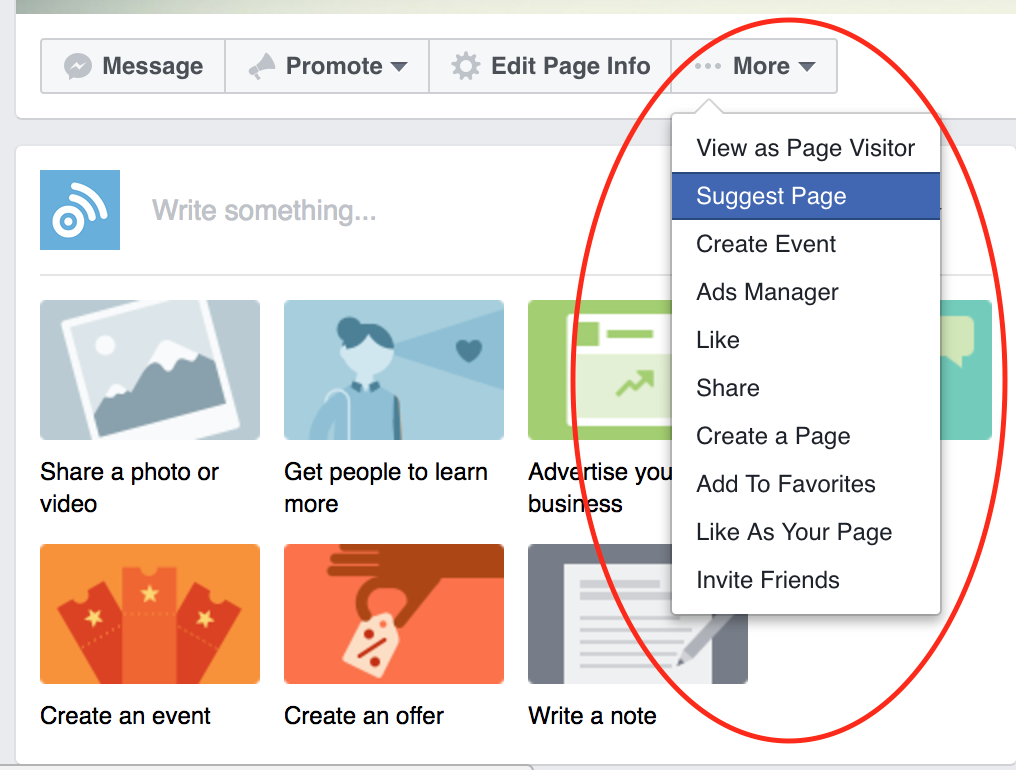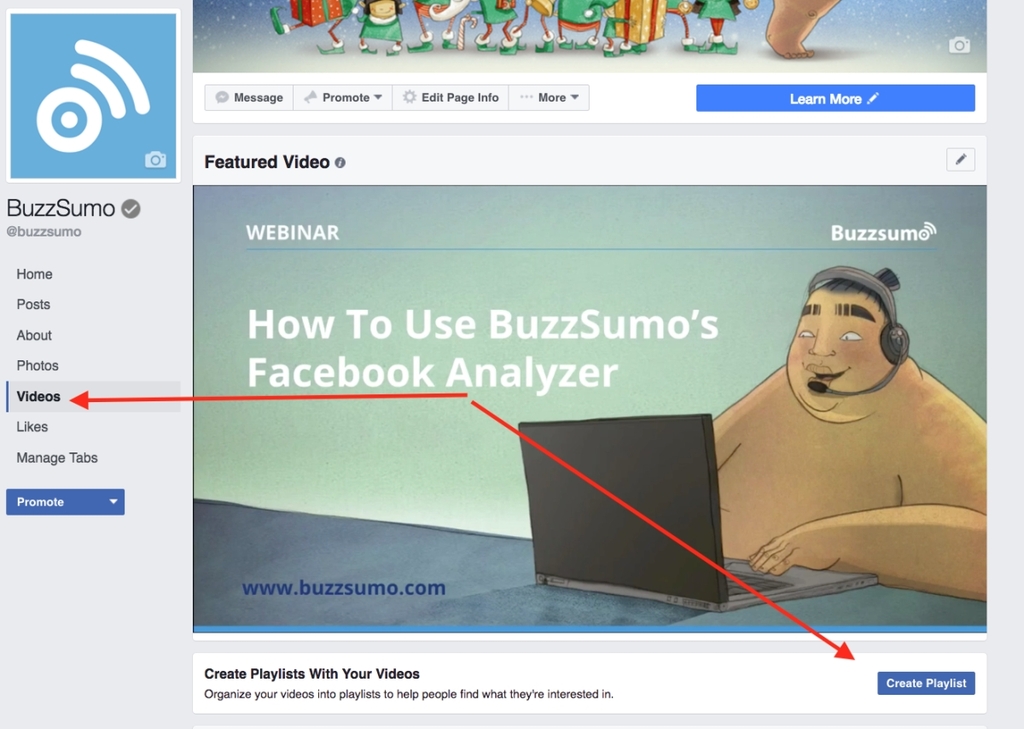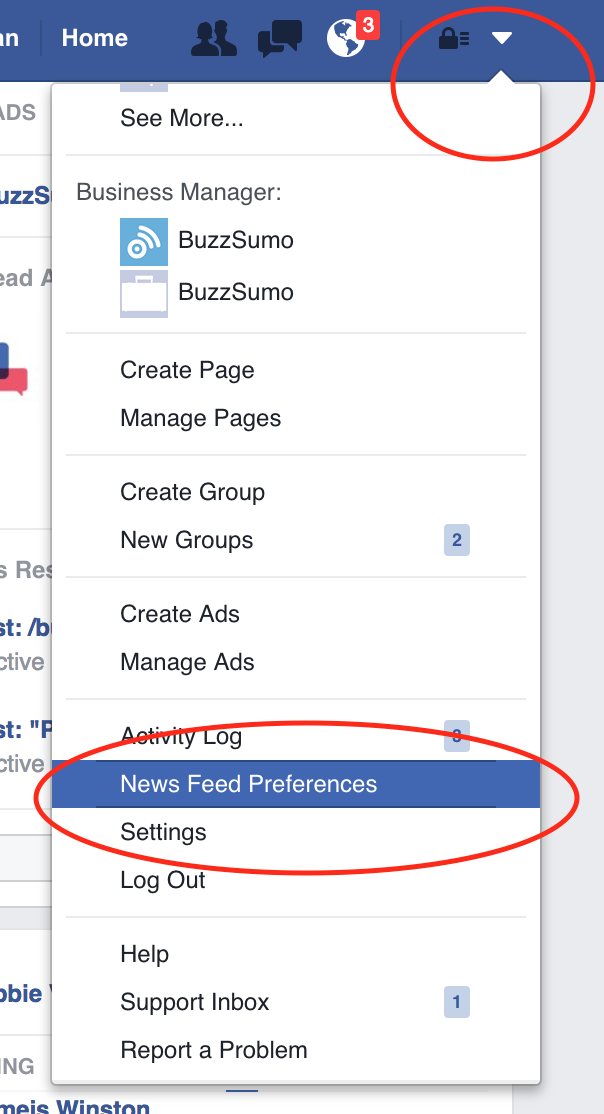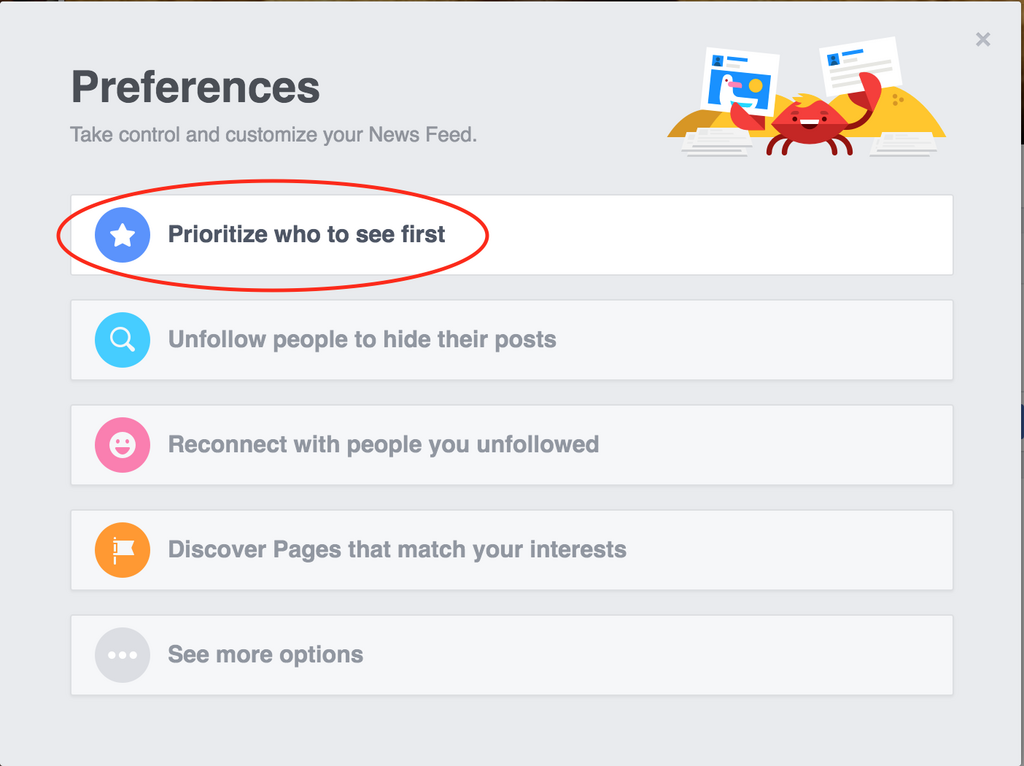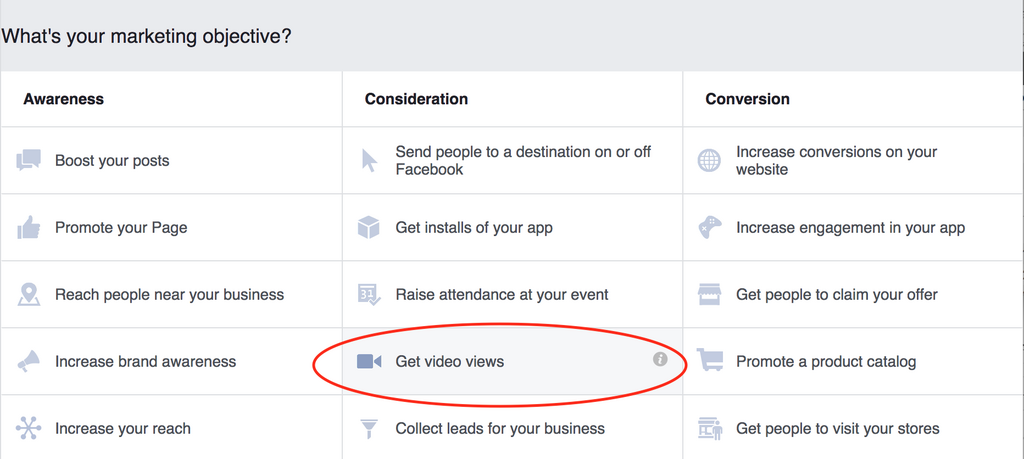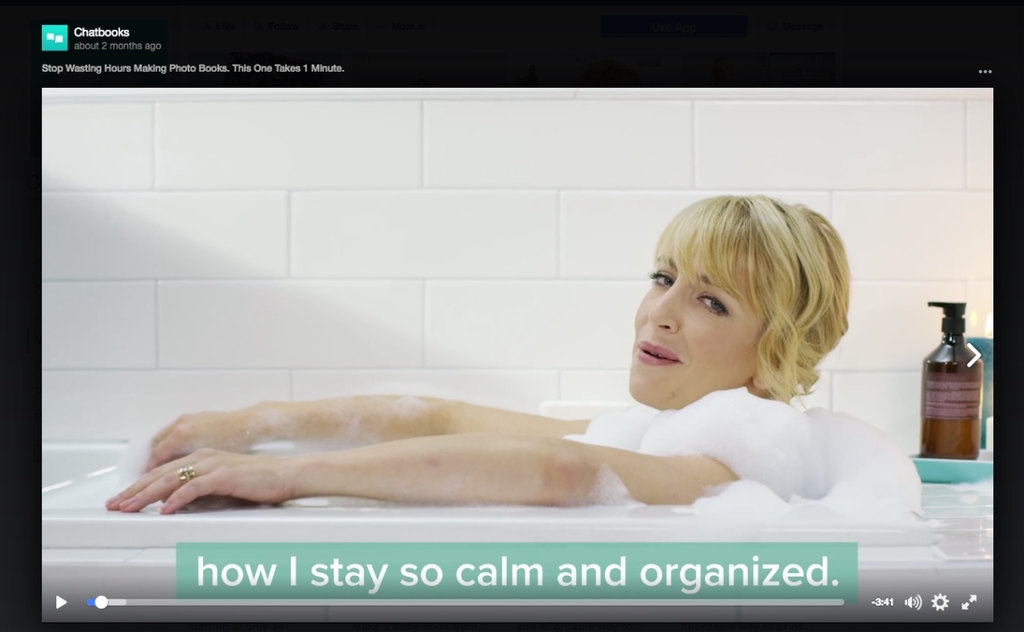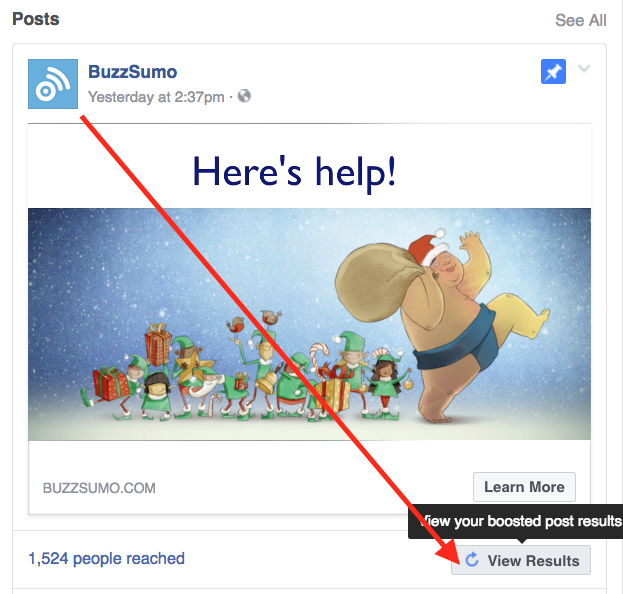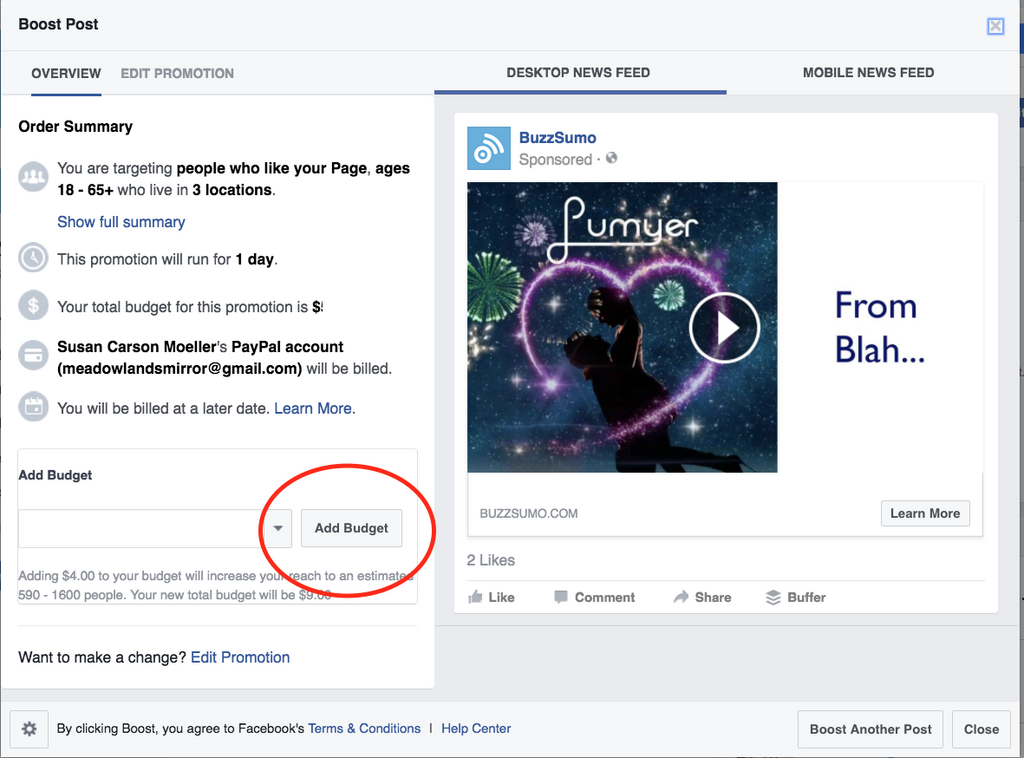Recently we teamed up with Mari Smith to discuss our research into Facebook’s most engaging posts, and Mari’s top tips for your Facebook content strategy in 2017. There were many questions from the content marketers who attended the session, so we followed up with Mari to provide the best answers to the most important questions.
We’ve divided this treasure trove of resources into three corresponding sections:
Research into the Facebook posts that performed best this year (Infographic)
Mari’s recommendations for the year ahead
Answers to marketers’ questions about Facebook marketing
If you’d like to skip ahead, you’ll find Mari’s recommendations here, and the Q and A section here.
And, if you, like us, are a fan of Lee Odden’s advice to be the best answer to your customers’ questions, you might just want a list of the questions, so that you can provide in-depth posts about them.
We’ve added the list to the end of the post.
What are Facebook’s most recent, most engaging posts?
To answer this question, BuzzSumo analyzed more than 800 million posts from 2016. We looked at overall engagement, and at shares, likes and comments separately.
Here’s what we found:
- Questions, images, and videos were more engaging than all other post types. Videos were most likely to be shared.
- The best day of the week for engagement was Sunday.
- Post engagement was higher whenever there was a lower volume of public posts in the news feed. There was an inverse relationship between low volume and high interaction, despite low volume periods coinciding with the overnight hours for many Facebook users.
- Short posts of less than 50 characters were more engaging than long posts.
- If a post linked to a piece of content outside Facebook, people engaged with it more if the link was to a longer article.
- During 2016, images posted directly to Facebook and not through Instagram were more engaging than images posted to Facebook via Instagram.
You can see our summary in the following infographic.
Mari Smith’s top tips for Facebook content in 2017
Mari Smith is a leading authority on Facebook Marketing. During our presentation, Mari described a comprehensive Facebook content plan for 2017. The key points are:
- Create highly shareable video and photo content
- Amplify reach on some posts with paid promotion.
- Use the Mari Method for amplification. First, allow organic reach to accumulate for up to 24 hours, then pay some of your total budget to boost the post. Wait for up to 24 hours for reach to accumulate again from the promotion, then, apply more money for increased paid promotion.
- Include CTA buttons and links
- Use Facebook Live
- Test giveaways with your audience.
- Publish 5x/week; experiment with posting outside business hours.
- Make many of those posts videos.
- Retarget with Engagement Custom Audiences based on:
- video view
- page interactions
- lookalike audiences
- Focus on educating, and whenever possible entertaining, your audience.
Questions and Answers about Facebook Engagement
What size images are best for Facebook?
If you are uploading an image for a specific purpose or for display in a certain part of Facebook, you can check your image size with that exact location
and purpose in the Facebook Ads Guide. In general, the best image size is 1200×628 pixels, with a minimum width of 600 pixels and a maximum file size of 1 MB for .png images.
Any tips or insight for publishers who drive traffic from the Facebook newsfeed to their own site, especially with the future and current emphasis on native video within Facebook?
Let’s take a step back for a moment and discuss why you might want to drive traffic away from Facebook to your own site. The primary argument for doing so, as initially described by John Batelle, and well-summarized by Joe Pulizzi is that any audience you gather on social networks is being “rented” or borrowed from the social network. Those networks can make it harder or easier for you to connect with your followers, as exhibited by the increasing difficulty to “reach” people organically.

The key in any Facebook marketing strategy is to focus on offering value. Mari suggests that the goal should be to “Edutain” your audience — teaching them something useful, something that relates to a niche in which you are an expert, and doing so in an enjoyable way.
A well-developed Facebook strategy will include posts of many different types, with various purposes. Ideally your Facebook strategy will be fully integrated with your marketing plan, not just a separate project with unrelated goals. In other words, you don’t want to post just just to get a bigger Facebook audience. A bigger Facebook audience needs to fit into your overall marketing plan. For example, you could plan to nurture your Facebook audience to subscribe to your email list, visit your site, try your product, etc.
Calls-to-action help clarify for your audience what the next step should be. They invite the audience to move closer to your goal for them.
Here’s an example of a Facebook live video that Mari created. In addition to offering her audience helpful tips and tricks, she also took the opportunity to let them know about two upcoming webinars.
Audience nurture should also include posts that are simply helpful. You don’t want to exhaust people with endless asks for more of their time, attention, or money.
Also, consider using posts that are helpful-only, (without CTA’s) as opportunities for developing relationships with influencers. You can share an influencer’s content as a way of helping your audience. In the process you will raise your profile and offer something of value to the influencer.
There are so many different options for boosting posts. Do you recommend using the boost button or going through ads manager?
The Boost button works best with saved audiences, Mari says. So, maximize your results with the boost button by setting up saved audiences in ads manager. Then, you can choose the saved audience you’d like to target when you use the boost button. If you’re interested to learn more about finding audiences to target, check out BuzzSumo’s guide on how to use social media to research your next customers.
Can you give some examples of Facebook pages where the page owners actively chat with their audience and asks questions well?
The interactions at Mari’s page is unparalleled!
Also take a look at Burt’s Bees and Social Media Examiner.
The folks at Bufferapp have a lot of conversations with their audience, too.
Does it make sense to start a Facebook page for a company that sells a software for small-medium retailers?
Yes. Facebook is the largest social network, with 1.79 billion active monthly users in 2016, as reported by Statista. In the US, 79% of all adults who use the internet use Facebook. This is a much higher than the percentage of people who use other social networks, according to the Pew Research Center. And, the number of US-based Facebook users grew from 2015 to 2016.
Given the absolute prevalence of Facebook in the daily lives of so many people, it makes sense for businesses to have a presence there. The size and scope of that presence may be dictated by the resources you have available to devote to social marketing and by the ROI you see generated from Facebook. But, following Mari’s advice to establish yourself as an expert in a narrow field who provides educating, entertaining posts for a niche audience is a great place to start. As you establish your audience on Facebook, experiment with ways to move these new contacts closer to your goal –purchasing software.
Do you have any data in terms of demographics? Is there a significant difference in the way younger vs older audiences interact on social media, where they share, and how much time they spend on posts?
Pew Research recently published its Demographics of Social Media report for 2016. As noted above, Facebook is the dominant social network for all adults in the US. The number of older adults, 65-years-old and up, using the network increase 14 percent from 2015. And, 77 percent of upper income earners use Facebook. Other demographic data is summarized in the chart below.
To find out more about your particular audience, you can use the Insights section of your Facebook Admin panel. Here you’ll find lots of information about your fans, the people you reach, and the people who engage with your content.
You can also use BuzzSumo to find the time of day, type and length of the posts that get the most engagement for your own or a competitor’s page.
How often should I post a video on my Facebook page?
Mari recommends five posts total a week, with at least four (or even five!) of them containing video content.
After experimenting with that ratio for a month or two you should be able to determine if your audience responds well to this mix, or if you need to adjust the number or types of posts you provide.
How many posts should I share on a health blog Facebook page daily?
In addition to Mari’s general advice above, we did a little research into what seems to work best for health and fitness Facebook pages, researching the top 100 most shared posts from 2016. On average, posts on Saturday or Sunday got the most overall interactions. And, almost all of them –73 of 100 were photos. An additional 26 were videos.
Based on this, it seems best to keep to a heavily visual strategy and schedule posts for the weekend.
What is the most valuable form of interaction on Facebook?
Mari says: Shares. “Shares are the holy grail on Facebook.” Shares are especially important because they get your content into other newsfeeds.
While we agree with the value of shares, it’s important to note that other forms of engagement, contribute to the number of shares. Engagement seems to be a complex ecosystem, with each type contributing to the growth of the others.
Does organic reach only include viewers who have liked your page?
Organic reach simply means free. When a post reaches someone organically, it shows up in their newsfeed without the poster paying Facebook to put it there. Keep in mind that 95% of the people who like your page will not come back to the page itself. They only interact with your content in their newsfeed. You can get content into these newsfeeds organically or with a paid promotion. It is possible to get some organic reach, but more and more it’s important to set aside money to build on your organic reach. Organic reach is controlled by Facebook’s algorithms. Those algorithms use a combination of factors to determine what appears in newsfeed.
The research seems to suggest that I should post when fewer people are posting to Facebook. Is there a danger that my audience will miss my posts because they won’t be online when the posts are added to my page?
There are a lot of unknowns about what causes some posts to be displayed in your fans’ newsfeeds while others are not. Techcrunch.com provides a great resource describing changes to the algorithm.
The current formula is:
From this, you can see that Recency is only one of the factors that dictates what your fans see. Thus, fans who aren’t online when you post could still see your content when they log on, even if it’s several hours later.
The emphasis on the “Creator” of the content is actually a helpful metric to keep in mind. When people engage with your posts, Facebook reads that engagement as a connection with your page, and feeds more of your content to these fans. Although Mari’s description of shares as the most important type of interaction is valid. It’s important to see all interactions as signals that can tell Facebook’s algorithm that your fans have a strong connection to you as a creator of content.
Type is perhaps the most controllable aspect of the formula. You can find the type of post that your fans engage with most in the insights section of your Facebook admin panel.
As you experiment with different types of posts, it’s important to keep an eye on your particular audience’s response. Don’t share a particular type of post with your audience just because it’s recommended for Facebook as a whole. Do what works best for your audience and your industry. If you are just getting started with a Facebook strategy, do research into what is working for a competitor with a more developed page. BuzzSumo can provide you with the most shared Facebook post type for any page or topic.
Does engagement affect reach OR does reach affect all other metrics?
Great question! Engagement effects reach because Facebook looks at how engaged your audience is with your content before serving more of it to your audience. Reach affects engagement because posts have to “reach” or appear in the newsfeeds of your fans if they are to gather engagements.
What percentage of Facebook users access the platform via mobile?
More than 90% of Facebook users use the platform predominantly from a mobile device.
Is there a way to invite someone to like your page if they aren’t your Facebook friend?
Yes, Facebook allows some pages to upload email addresses which the platform will use to find your contacts who are Facebook users. Your page will be suggested to them in recommended pages.
You can also encourage people to follow your page in emails to them, or in other ways outside of Facebook. Remember the cautions from Joe Pulizzi above. If they are already primarily connected with you via non-Facebook means such as your email address or your website, does encouraging them to follow your Facebook page fit your marketing strategy?
What can we expect from Facebook during 2017?
Video and more video! Mari says.
Facebook has recently added a dedicated video newsfeed in the mobile app, and they are building a video newsfeed. There are several reasons for this. Facebook predicts that in five years, almost all interactions will be video-based and on mobile. Additionally, by summer of 2017, the ad inventory available on Facebook’s current newsfeed will be full. At that point, a new video newsfeed will be available, expanding ad (and Facebook’s revenue) opportunities.
Also, Facebook is going all in on Messenger, especially for customer service, Mari says. Customer service is important for smaller businesses, who can compete with much larger companies by offering stellar customer service!
How do you create a video playlist within Facebook?
Click videos on your page manager page.
Then select “make playlist.”
How can I add captions to my Facebook videos:
There are several ways to caption videos. If you are displaying a short video ad, you can chose automatic captioning by Facebook when you set up the ad. If you would like to display captions for videos that aren’t ads or for longer videos, you have a couple of options.
Facebook provides instructions for uploading captions via .srt files.
You can also upload a video to YouTube, then edit the video to add subtitles. Once you have edited the automatic subtitles, you can download the video and upload it again into Facebook. Beware: the subtitles provided by YouTube will need to be edited, so save some time to make sure that YouTube has created the correct captions for you.
How can I keep up to date on changes within Facebook?
Follow the Messenger page, David Marcus, who heads up Messenger for Facebook. Mari suggests adjusting your settings so that you see their content first. (While you are it, feel free to choose to see BuzzSumo and Mari first, too. 🙂 )
To choose who appears first in your newsfeed, click on the drop down arrow in the upper right corner of your Facebook home page. Then select “News Feed Preferences.”
When the pop-up appears, select “Prioritize who to see first.”
What software or apps would you recommend for video editing, specifically creating text overlays/transcripts?
Mari regularly recommends Animoto, Lumyer, Adobe spark, Flipagram, Ripl, Legend, and the Facebook Pages mobile app.
For editing webinars, BuzzSumo uses and loves ScreenFlow.
Can I boost a post more than once?
If you go to ads manager, you can re-boost a post, and you can choose different audiences and different placements.
Do you promote videos in more than one place, for example, your page, groups and profile.
Yes. but not necessarily immediately. You don’t want to clog up the newsfeeds of people who may be connected to you through your page, your profile and your groups. When you do a paid promotion for your videos, use the “Get video views” objective when you set up the ad in ads manager.
What is Mari’s favorite Facebook ad?
The Chatbooks video,”Stop wasting hours making photo books.”
The piece had 26 million views and 226k shares, as of Dec. 1 2016.
The ad is hilarious, entertaining, and has a great call to action. It’s an example of a piece of signature or keystone content. Mari suggests devoting time and resources to create one or two really great signature content pieces for Facebook this year.
What is an embedded video? And does it get more shares than video published on Facebook with a link to YouTube?
An embedded video has been uploaded into Facebook. It is different than a shared link to a video on YouTube. When you post a video on Facebook with a link to YouTube, the link preview includes a thumbnail image of the video. Videos that are links to external sites like YouTube or Vimeo do not get as many shares as videos that you embed into Facebook. Embedding videos is easy. Just click the share video button and upload the file. There is usually a bit of lag time after you upload before Facebook publishes the video.
The other option is to broadcast live via Facebook. Once the live broadcast is over, the recording is available as an embedded video on your page.
Does BuzzSumo’s video category include Facebook Live Video Posts?
Yes.
Why doesn’t my phone feed look like my laptop feed?
As with other web pages, the size of the screen and different orientation (portrait vs. landscape) requires that items be displayed differently on mobile devices. When you use the ads manager, you can see an example of what an ad will look like in the mobile feed as well as on the desktop.
Given the number of people using mobile devices to access Facebook, it’s important to correct any display errors on mobile and make sure that your posts display well there.
How do I add more money to boosted post?
Click the “View Results” button:
Then, click “Add Budget.”
We can’t wait to see what 2017 brings for Facebook marketing!
Here’s to the most engaging year yet!
The complete list of questions:
- Should we use specific image sizes to get more reach for images?
- Any tips or insight for publishers who drive traffic from the Facebook Newsfeed to survive in the native video-favored future?
- Do you suggest using the boost button vs. going through the ads manager?
- What are some examples of Facebook pages that actively chat with their audience or ask questions well?
- Do video posts work as well for B2B marketing as they do for B2C?
- Does it make sense to start a Facebook page for a company that sells a software for small to medium sized retailers?
- Should you post questions if you’re not confident that people will engage?
- How do you add captions to videos?
- How many posts should I share on a health blog’s Facebook page daily?
- Have you found diminishing returns when you spend more on Facebook ads. Does spending $100 vs. $10 give you exactly 10x the reach?
- Everyone does Facebook contests without following the rules. Why should I conform to the rules?
- Is there a way to invite someone to like your page if they aren’t your Facebook friend?
- How can I track Facebook post engagement?
- What are some tips to increase average watch time on Facebook videos?
- How do you make a playlist on Facebook with video?
- I recently tried uploading a 720p video to Facebook, and it looked dire. What format should I use for best quality video?
- How can I upload videos into Facebook in HD from my Samsung 6?
- Is a pano shot considered a video?
- Which metric is considered to show the value of our Facebook posts–is it reach or engagement? Does reach affect all other metrics?
- What software or apps would you recommend for video editing, specifically creating text overlays or transcripts?
- Do you have any data in terms of demographics? Is there a significant difference in the way young vs. older audiences interact on Facebook?
- Does organic reach only include viewers who have liked your page?
- How often should I put up a video on Facebook?
- Any thoughts on how to compete with “click bait” style posts in newsfeeds?
- Is there a difference in “value” of posting produced videos vs. Facebook Live?
- What is the best plan for a pop-up shop when you will only have a limited time in a particular location?
- If you post when there is less competition in the newsfeed, then you post when people are offline. Would your post then be displayed in their newsfeed 7-8 hours later?
- How many times should I post daily?
- Is there an ideal percentage mix to use between entertainment, news, promo, personal, and sales or promo posts?
- Does BuzzSumo’s video category include Facebook Live video posts?
- I have had issues using custom audiences for campaigns. The reach is too low. Do these audiences take time to build and should I let the campaign run its course so I can build that audience?
- Does Facebook live video exclude scheduling ahead of time using Buffer or CoSchedule?
- Do you have any recommendations for Facebook group engagement?
- How do I add more money to a post I have already boosted?
- Why doesn’t my phone feed look like my laptop feed?
- Should you share your own posts from your Facebook page to your private Facebook page as well?
- What is an embedded video? And does it get more shares than video published on Facebook with a link to YouTube?
- What are some other interesting Facebook tidbits?
- What can we expect from Facebook in 2017?
Categories
Marketing TrendsCategories
Marketing TrendsThe Monthly Buzz⚡
Subscribe to BuzzSumo's monthly newsletter to:
Stay up-to-date with the best of the best in content marketing 📝
Get data-informed content, tips and tidbits insights first 👩🏻💻
Read top shared content by top marketing geeks 🤓
Try
Enter any topic, term or url to search to see BuzzSumo in action. It’s free!
100% free. No credit card required.
